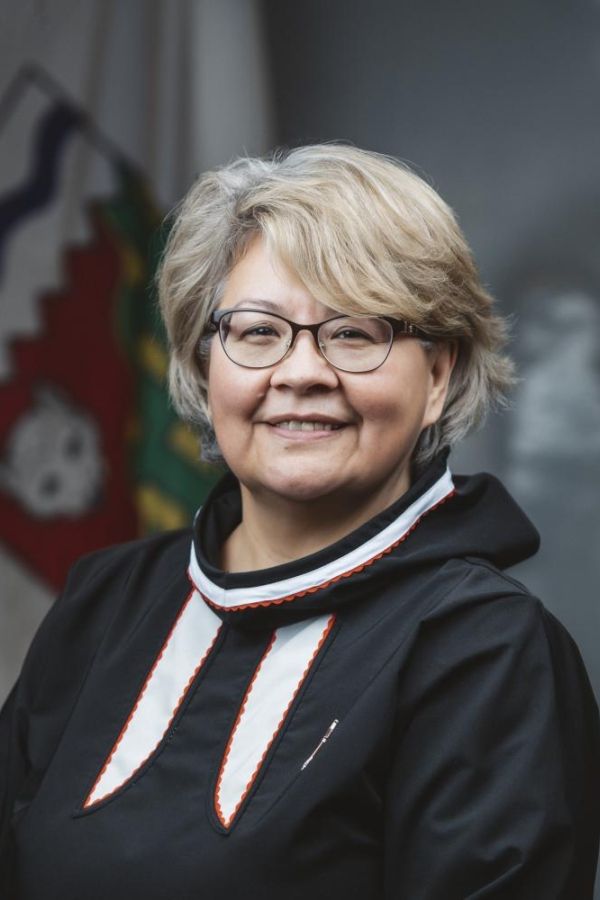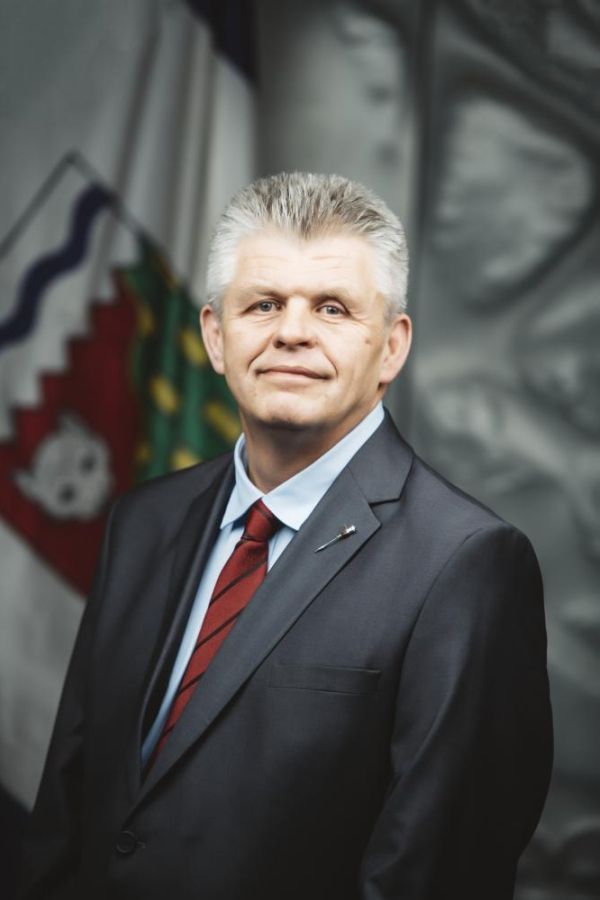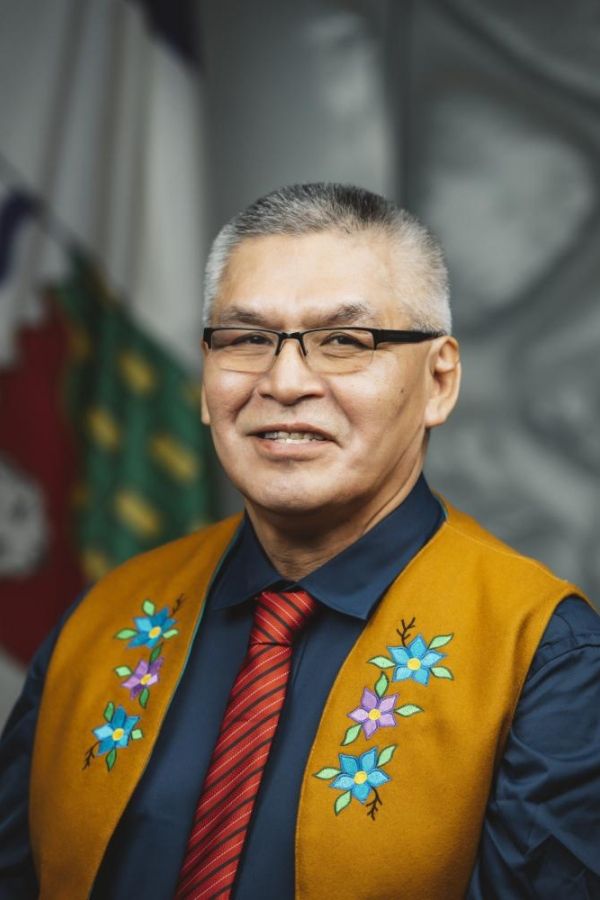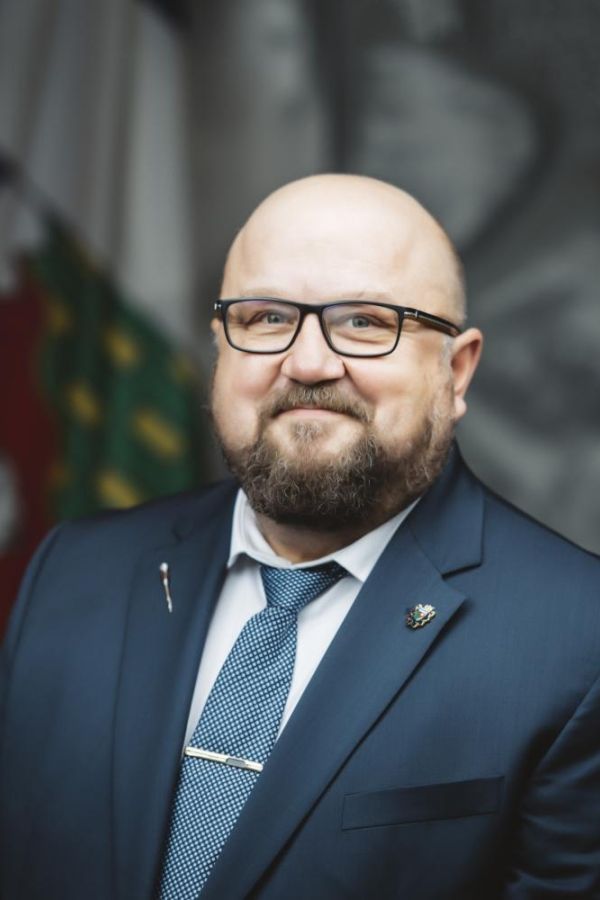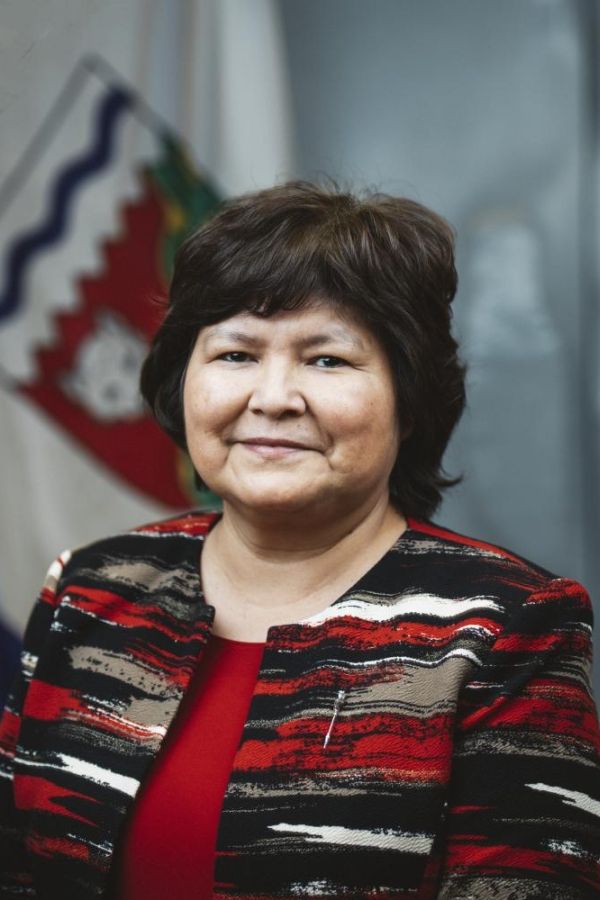Minister’s Statement 9-20(1): 2030 Energy Strategy Update

Mr. Speaker, secure, affordable, and sustainable that is the vision for energy in the Northwest Territories outlined in the 2030 Energy Strategy, a vision for an energy system that is less dependent on fossil fuels and that contributes to the economic, social, and environmental wellbeing of the Northwest Territories and its residents.
Since the energy strategy was released in 2018, the Government of the Northwest Territories and the entire territory have made positive strides in realizing that vision. The progress made on the energy strategy is detailed in the 20222023 Energy Initiatives Report, which was released today by the GNWT as part of its annual reporting for the three strategies guiding action on climate change and the territory's energy future.
Territorywide, residents, businesses and governments are answering this call to action. Thanks to our collective efforts, we have been able to reduce our greenhouse gas emissions by 25 percent compared to 2005 levels and we are on track to meet the target of reducing emissions by 30 percent below 2005 levels by 2030.
Mr. Speaker, these collective efforts can be seen through the Arctic Energy Alliance’s work with communities, Indigenous governments, and Indigenous organizations to develop energy solutions locally by starting community energy planning processes in Fort Simpson, Ulukhaktok, and Kakisa. They can be seen as the GNWT works with the Government of Canada and Northland Utilities to start renewable energy feasibility studies for Wekweeti and Sambaa K'e. These studies are laying the groundwork to advance communityled renewable energy projects; projects that will not only stabilize energy costs and reduce emissions but also provide economic benefits. There has also been investment in making our energy infrastructure more modern and efficient throughout the Northwest Territories.
In 2023, the Inuvik Wind Project was completed and is now providing renewable power to the Inuvik grid. It is expected to deliver at least approximately 30 percent of the electricity Inuvik needs and reduce greenhouse gas emissions by 6,000 tonnes per year. In Lutselk'e, the Northwest Territories Power Corporation is replacing the community’s existing diesel power plant with a new, more efficient power plant that will reduce emissions by approximately 100 tonnes annually and more easily accommodate the addition of renewable energy technologies to the local grid. The diesel power plant in Sachs Harbour is also in the process of being replaced by a modern, energy efficient power plant.
As the territory looks to reduce greenhouse gas emissions from transportation, the GNWT and its partners are exploring ways to increase the adoption of electric vehicles in the territory. One of the barriers we face is a lack of charging infrastructure in the territory.
In 2023, the GNWT and Government of Canada each invested $1.9 million for the Northwest Territories Power Corporation and Northland Utilities to install electric vehicle fast chargers in Behchoko, Fort Providence, Enterprise, Hay River, Buffalo Junction, Fort Smith, and Yellowknife. These stations are all expected to be operating by December 2024, creating the first zeroemissions charging corridor in the Northwest Territories. The energy strategy is also about looking to the future and how we can best achieve making energy in the Northwest Territories secure, affordable, and sustainable.
Transformational projects are an important part of that future, and I look forward to continuing discussions on advancing the Fort ProvidenceKakisa transmission line and the Taltson hydro expansion. As the pathways to a lower carbon future and secure, affordable and sustainable energy in the NWT evolve, so must the strategy that guides our approach. To be adaptive to emerging technologies, new opportunities and feedback, the Departments of Infrastructure and Environment and Climate Change undertook a joint review of the Energy Strategy and Climate Change Strategic Framework in 2023.
With the input from Indigenous governments, Indigenous organizations, the public, stakeholders and our partners, we have an exciting opportunity to shape the future of our energy landscape. A What We Heard report from our engagement with these parties will be published in March 2024.
Mr. Speaker, our future energy and climate plans need to be ambitious, effective and reasonable. Looking ahead, I am confident we can achieve the vision of the energy strategy with governments, residents and businesses working together. Thank you, Mr. Speaker.
Thank you, Minister of Infrastructure. Ministers' statements. Minister of Environment and Climate Change.





